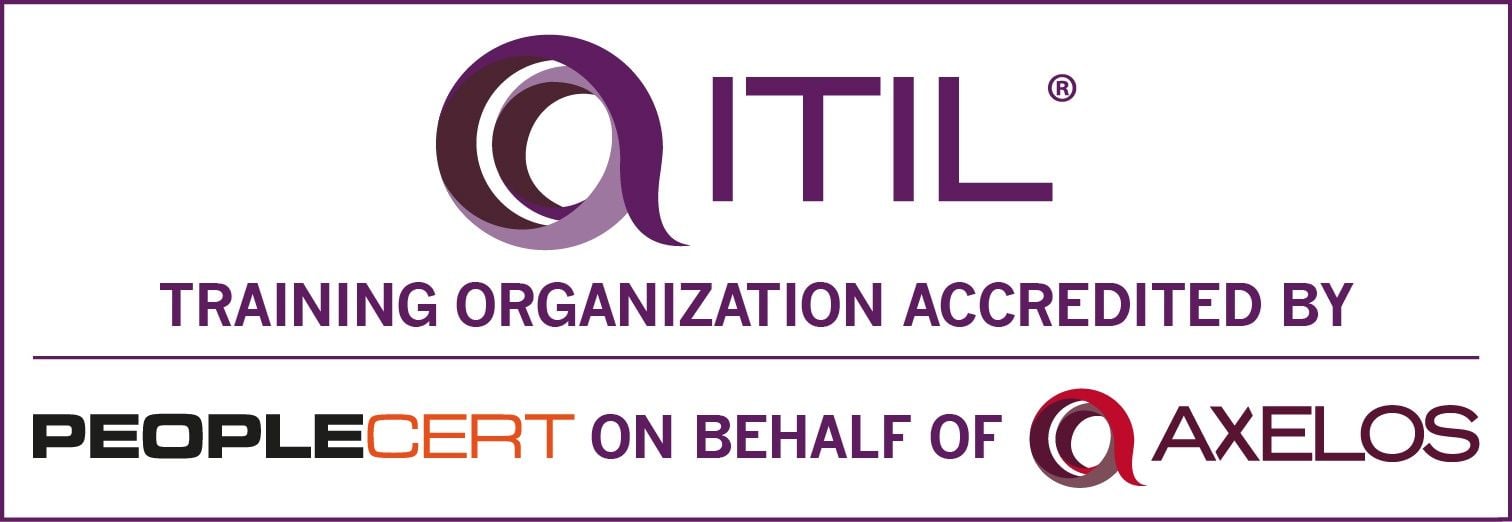Simplify Training to Increase the Chance of Success
There is a temptation to stuff too much information into slide presentations and other training material. Resist it. Keep focused on the training’s objective and what frontline workers absolutely need to know, and make sure the material is accessible to all.
Very often, when we have a new program launch, and there isn't much data to use other than test cases or operating procedural manuals (OPMs), trainers and managers will try to find what information is necessary for an agent to know.
This might lead to dozens of PowerPoint presentations that pretty much are a copy and paste of the OPM. This might lead to too much information during the training, and the agent might walk into class with some understanding of the program and walk out forgetting their name.
Recently, our business had two new programs where we weren't sure how much information had to be presented to our agents. I reviewed all of the material available, and I spoke to the leadership team, the project manager (PM), and the system testers. I wanted to know what was the primary purpose of this program, and what was the department expected to do to help achieve this purpose.
I identified that the program's goal was to help callers make their employer-sponsored health insurance more affordable. I then found out that the contact center was required to identify if a person was eligible to enroll, to ask the caller if they would like to enroll, and, when applicable, to complete the enrollment process within the customer relationship management (CRM) system. I also identified that agents would assist callers with questions.
Creating the program's purpose was easy since most of that information was found on the OPM and website. I also made an explainer video to help workers understand the process in a story. From my time spent with the PM and tester, I obtained test cases that helped me create detailed steps to identify a caller eligible to enroll, the required steps to process enrollment, and helpful resources to assist the caller after the enrollment was successful. In addition to the PowerPoint slides, I also created a two-page (front and back) quick reference guide (QRG), which listed the steps to identify an eligible enrollment, enrollment steps, and additional resources to provide callers well as potential frequently asked questions. The PowerPoint was filled with knowledge checks, practice sessions to practice in our testing environment, a fillable PDF example of a claim to complete, and a short quiz at the end of the session.
Before the trainees could attend the sessions, I provided short pieces of information that covered the program's eligibility criteria, program roll-out dates, and more. I notice that this helps the learner gain a brief understanding of the class and another means to repeat important information.
After the training session, I sent an email with the student version of the PowerPoint and other resources that we felt would be helpful on the call. A week or so later, I followed up with agents who didn't reach out to me with questions to ensure that the information had been understood. Questions from the class helped me tweak training for effective results the next time the material needs to be delivered.
Keeping training simple is crucial, and we must strive to achieve this objective, breaking down complex terms with the help of images, charts, games, exercises, examples, and stories. The simpler the information, the easier it is to digest.
)
)
)
)
)
)
)
)
)
